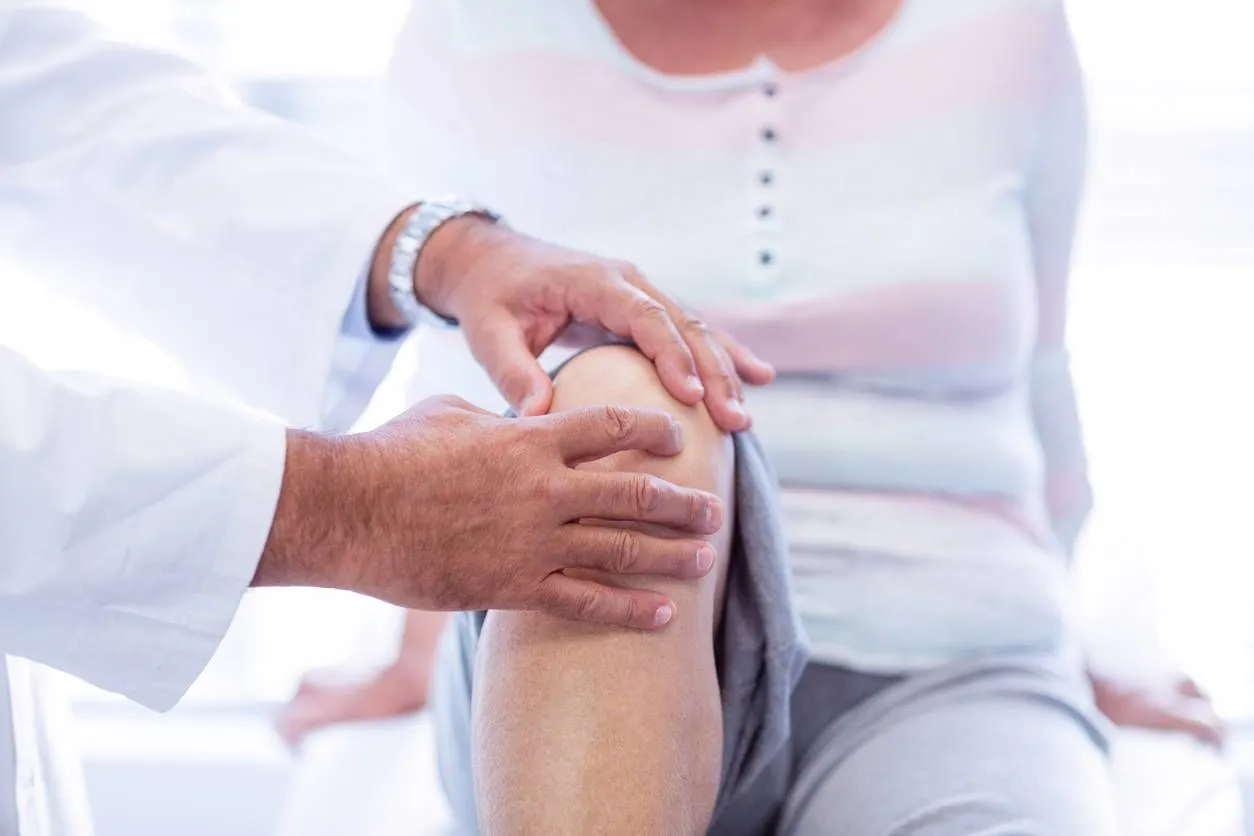Does Stem Cell Treatment Work For Osteoarthritis? What Do You Need To Know?

Currently, researchers consider stem cells as the possible answer to many medical conditions, especially osteoarthritis . Their hope is that stem cell treatment can stop the progression caused by an ailment by repairing it. However, more research studies are ongoing to determine how stem cell therapy can be more effective and advanced to current protocols. Are you wondering what makes stem cell therapy so unique? Let’s read on. How does stem cell therapy work? Stem cell treatment uses the patient’s own cells to help restore the damaged tissues of your hip or knee joint. Unlike other treatments, stem cell therapy treats the underlying cause of knee pain and other joint pain. Hence, this therapy can reduce joint pain, increase movement, increase flexibility, speed up regeneration, improve blood flow, and treat ligament or tendon tears for a prolonged duration. Adult stem cell therapy is non-invasive and safe. Studies recommend that its side effects are very minimal with no adverse e
